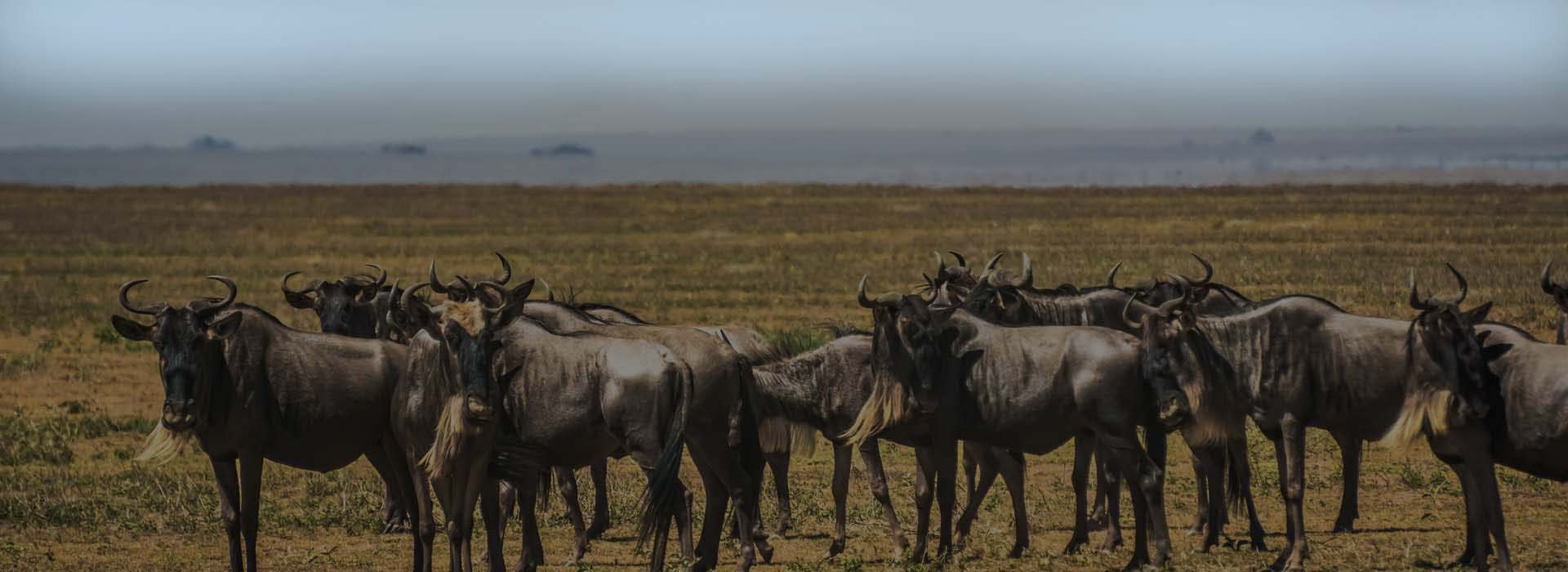
The Great Serengeti wildebeest Migration Tanzania Safari often referred to as “The Greatest Live Show on Earth” is one of the world’s most spectacular wildlife events. It is the annual pattern of movement of vast numbers of the Serengeti's wildebeest, accompanied by large numbers of zebra. The sight is simply breathtaking.
The reason behind the migration is seeking fresh grazing and in search of rain. The specific time of the Serengeti Wildebeest Migration is utterly dependent upon the rain patterns each year.
Here we explain how the migration cycle works.
Late November and December- the herds of the wildebeest arrive on the short-grass plains of the Serengeti. The regions are the south and east of Seronera, around Ndutu and the north of the Ngorongoro Conservation Area.
January, February and March- They stay here with most wildebeest calves born around February. Gradually they move west across the plains
April- Start moving towards the north.
May- wildebeest all seem to be moving north, migrating to seek fresh grazing and water.
June- the wildebeest migration is often halted on the south side of the Grumeti River representing an annual feast for the Grumeti River’s large crocodiles,
July and August- Continues moving north, some heading through Grumeti Reserve and Ikorongo, others north through the heart of the Serengeti National Park.
September- The herds spread out across the northern Serengeti, where the Mara River provides the migration with its most serious obstacle.
October -The wildebeest herds are migrating again with more accord: all head south, through western Loliondo and the Serengeti National Park’s Lobo area, returning to the green land, which follows the rains on the short-grass plains of the southern Serengeti in November.
Then the complete cycle of Serengeti Wildebeest migration starts again …
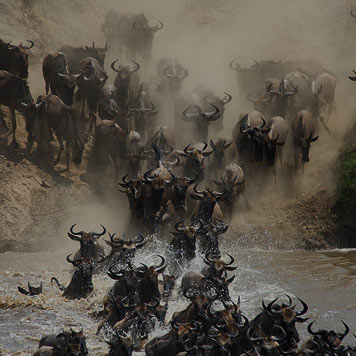
Our 5 days Migration wildlife safaris from May to June, have been designed specifically to focus on and to...
Read More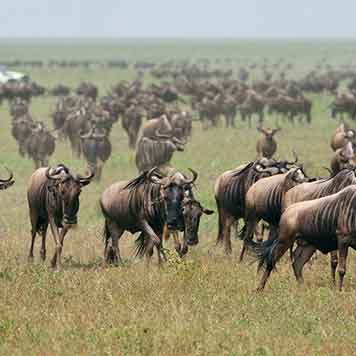
Our 6 days Migration wildlife safaris from November to April, have been designed specifically to focus on and to increase your chance...
Read More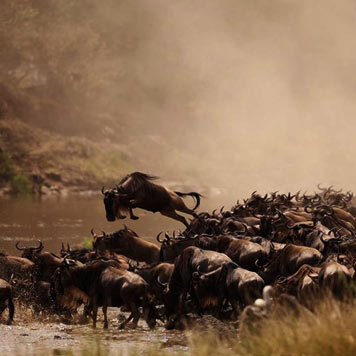
In July, the wildebeest migration moves north, passing through the Lobo area..
Read More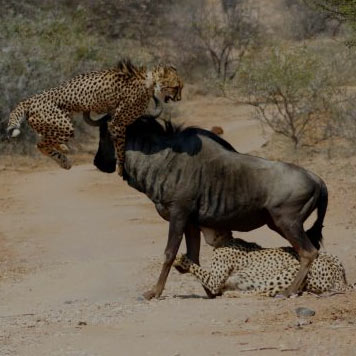
Camping Migration safari is well-suited for travelers with more time to discover the hidden immense variety of East Africa...
Read More